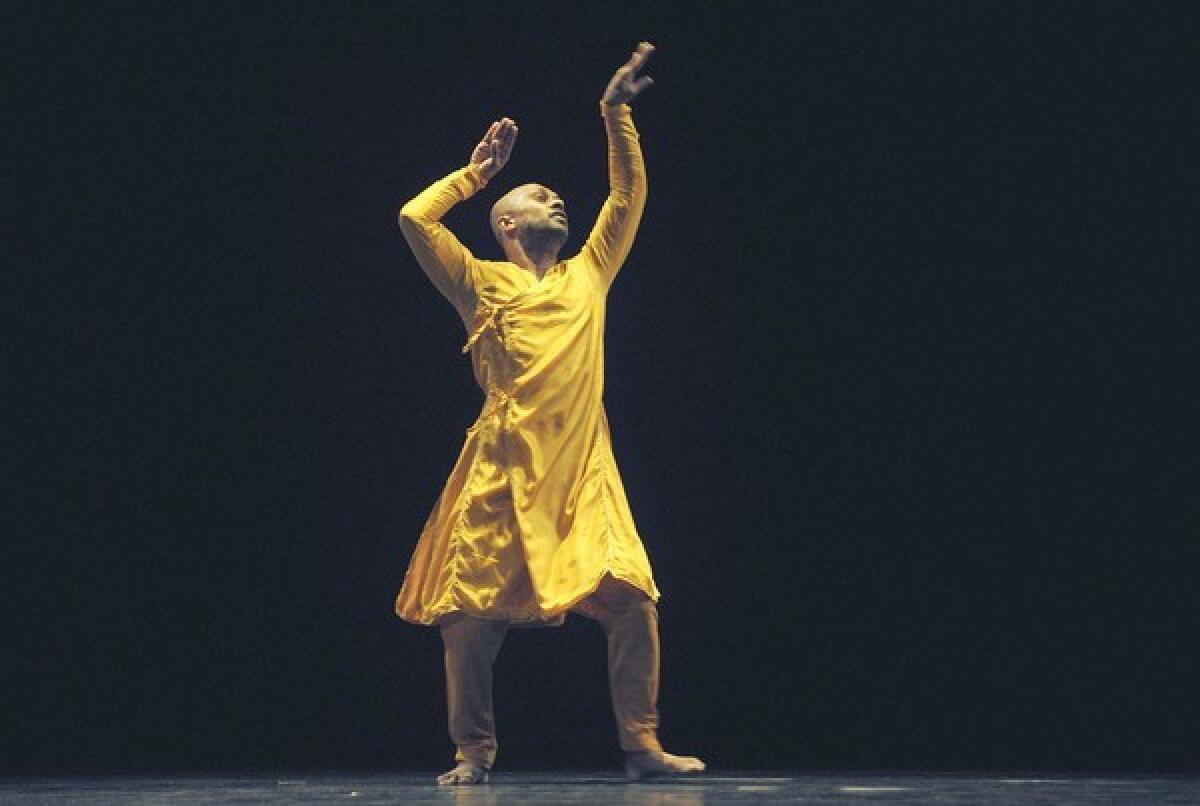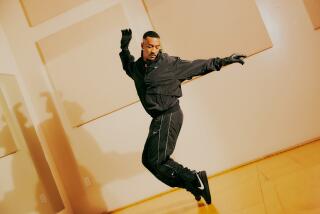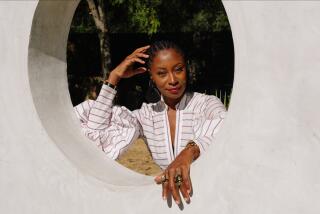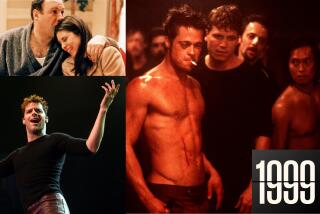Dance: The 21st century awaits its next cue

Throughout the first decade of the 21st century, impatient dancers, choreographers, critics and audience members all hoped that a new breed of innovators would appear to transform theatrical dance the way that Russian impresario Sergei Diaghilev radically renewed and updated classical ballet in the first decade of the 20th. ¶ We’re still waiting. Where are the bold, young choreographers creating imperishable dances, the adventuresome composers and designers venturing off the middle of the road? Seasonal novelties come and go, but the ballet repertory is essentially the same as it was in the 1990s. What’s more, standards of performance technique have declined because of the limited rehearsal time now available due to the financial bottom line.
Arguably the only real news in the ballet world during the last decade came from the Kirov Ballet’s reconstruction of authentic choreography by the 19th century master Marius Petipa. Many companies present works originally created by Petipa and still credited to him: “The Sleeping Beauty,” “Raymonda,” “La Bayadère” and “Swan Lake” (Acts 1 and 3). But their versions are almost always considerably shortened, drastically reduced in scale and extensively re-choreographed.
Beginning with “The Sleeping Beauty” in 1999, the Kirov (Petipa’s home company) began using dance notation and other sources to show us exactly what Petipa wanted and who he was as a choreographer. The result was unforgettable and the experiment soon spread to other companies in Europe and North America. Unfortunately, these productions are extraordinarily expensive and none made it to Southern California, although they can be glimpsed, piecemeal, on YouTube and on bootleg videos available in the ballet underground.
The decade began with the Great Hope for classicism, a young Brit named Christopher Wheeldon, resident choreographer at New York City Ballet from 2001 until he formed his own company, Morphoses. That honor (or albatross) eventually passed to Alexei Ratmansky, briefly the artistic director of the Bolshoi Ballet and now resident choreographer at American Ballet Theatre. But keep your eye on Trey McIntyre, who creates brilliant works in what you might call the contemporary, semi-classical Jerome Robbins tradition.
Modern dance in this era saw the death of Merce Cunningham and Pina Bausch, groundbreaking choreographers still at the height of their powers. No one has yet replaced them, although Paul Taylor remains as powerful as ever and Bill T. Jones has gained new prominence as a dance-maker partly due to his success on Broadway.
Mark Morris’ star has fallen recently and Twyla Tharp has contributed nothing noteworthy since her catalog musical “Movin’ Out” in 2002. But the international scene has been immeasurably enriched by the unclassifiable Akram Khan, still in his 20s at the beginning of the century and a dancer-choreographer who crosses creative frontiers with every new project.
If ballet and modern dance kept dancing in place, street dance evolved in exciting new ways in the last 10 years, with Southern California becoming ground zero for such speed-of-light forms as krumping and jerking. TV dance too had its innings, for while concert dance virtually disappeared from the tube -- even on PBS -- such net- work shows as “Dancing With the Stars” and “So You Think You Can Dance” achieved a revolution in dance for camera.
At the beginning of the century, dance in films and on TV was almost always reduced to fragmentary glimpses of motion: editing mosaics. But “Dancing With the Stars” and “So You Think You Can Dance” restored shot-to-shot continuity of movement. The style soon spread to the “High School Musical” franchise, “Glee” and other projects. So there’s hope for dance literacy on screen as a new decade begins.
Obviously there were many terrible dance films during this period, perhaps more than ever. But there’s hope that the Wayans’ uneven but wickedly satiric “Dance Flick” made the worst clichés obsolete once and for all and we can begin the 21st century teens ready to invent new clichés.
Formerly The Times’ staff dance critic, Segal is a freelance arts writer based in Hollywood and Barcelona.
More to Read
The biggest entertainment stories
Get our big stories about Hollywood, film, television, music, arts, culture and more right in your inbox as soon as they publish.
You may occasionally receive promotional content from the Los Angeles Times.






